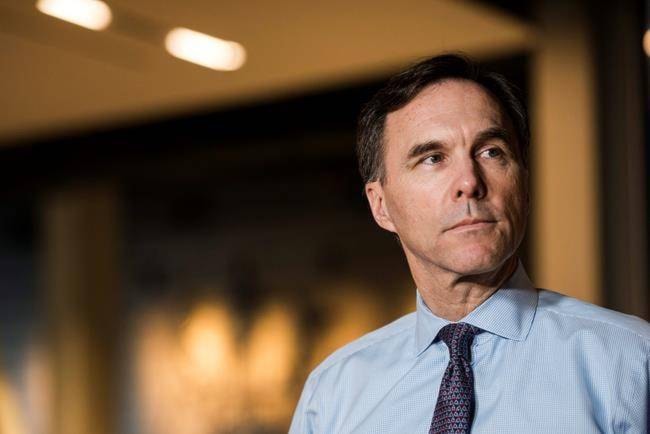The Liberal government is trying to move beyond the obvious in its quest for gender equality, thinking outside the daycare box to more thoroughly examine how the federal budget would impact men and women in different ways — even before committing to a dime of spending.
“They definitely received the message that it needs to be not just a list of things that are true about gender inequality,” said Kate McInturff, a senior researcher with the Canadian Centre for Policy Alternatives.
“It needs to be really fundamentally integrated into their economic policy.”
The idea behind gender-based analysis is to think about how a government policy, legislation or spending might affect men and women, or boys and girls, in different ways, while accounting for other intersecting factors such as income, ethnicity, disability and sexual orientation.
If the analysis, which is ideally done early on in the process, reveals one gender would experience disproportionately negative impacts, then policy-makers can change course or pay added attention to other areas that could help mitigate those effects.
Last year, the government of Prime Minister Justin Trudeau got some on-brand attention for adding some feminist flavour to the federal budget, including a 25-page chapter that touched on how some of its commitments would benefit women, including child care spending.
This time around, government officials — speaking on condition of anonymity ahead of the Feb. 27 budget — took a more holistic approach to gender-based analysis, including a framework that will help determine the impact on a larger scale, rather than one line item at a time.
It was no doubt a big help that the Liberal government has decided to make gender equality an overarching theme of its G7 presidency. The budget is expected to include elements that would help Canada lead by example as it hosts the June gathering of world leaders in La Malbaie, Que.
Finance Minister Bill Morneau has previously said the budget would include measures to boost the participation of women in the workforce.
Several stakeholders who took part in his gender-related consultations said they heard a lot about women in leadership, but they hope the budget will also include things like dedicated leave for new fathers or non-birthing parents, funding for the pay-equity legislation the Liberals promised to introduce this year and, potentially, something more on child care.
The officials said the goal of the gender-based analysis this year is to figure out how the entire budget will move the dial on equality in Canada. They began thinking this way right at the outset, so that the analysis informed the choices made along the way before they were set in stone, they added.
The picture will not always be rosy, said the officials, and so it is also set up to track progress — or a lack thereof — into the future.
There is also a need for more and better data to make the gender-based exercise more effective, they added.
Since the Trudeau government would have already been focused on improving opportunities for women and girls in this budget, even without the more rigorous gender-based analysis, the officials said the true test of the process will be a few years down the road.
A memo prepared for Morneau last August proposed five strategic objectives for the gender equality framework, with core indicators to measure and an assessment of how Canada is doing on those fronts.
They include ensuring equal opportunities for men and women when it comes to education and skills training, business leadership and economic influence, as well as the economy more generally, even looking at the distribution of unpaid housework and caregiver responsibilities.
The other goals are ensuring both men and women are safe from physical and emotional harm, such as by reducing intimate partner violence and sexual assault, which disproportionately victimize women and girls, as well as tackling poverty and improving health.
The Canadian Press obtained the memo through the Access to Information Act.
Canada committed to using gender-based analysis in 1995, as part of ratifying the UN Beijing Declaration and Platform for Action, but two decades later the auditor general revealed relatively few departments and agencies were using it, while those that did were doing so in an incomplete and inconsistent way.
Over the past two years, Trudeau is said to have pushed his ministers for more robust gender-based analysis, and the officials say the culture has now reached the point where departments know it must be done, and done well, to be considered at the cabinet table.
The Finance Department also devoted about six months last year to consulting with gender experts on a made-in-Canada approach to the budgeting exercise, which includes a greater focus on intersectionality — including ethnicity — than seen in other countries.
— With files from Andy Blatchford
Joanna Smith, The Canadian Press
